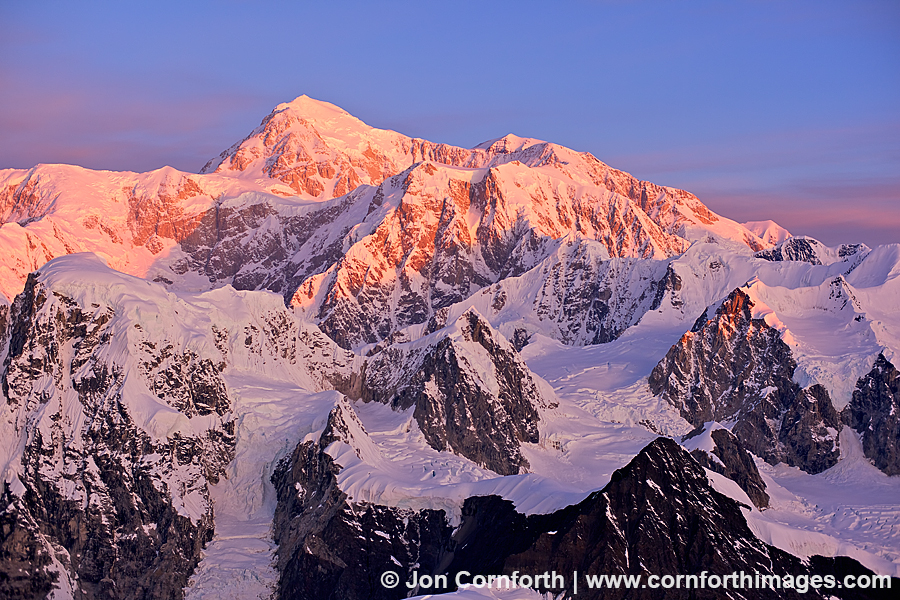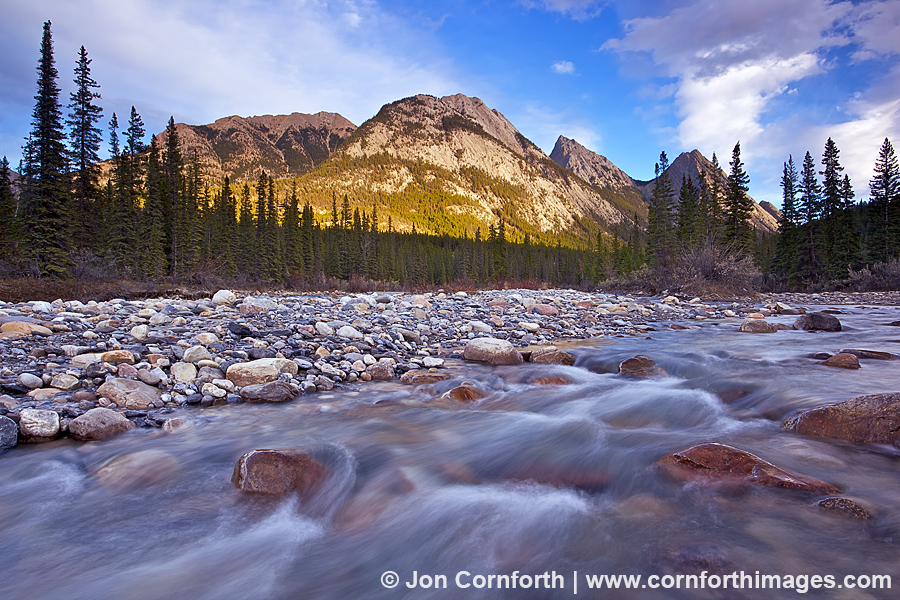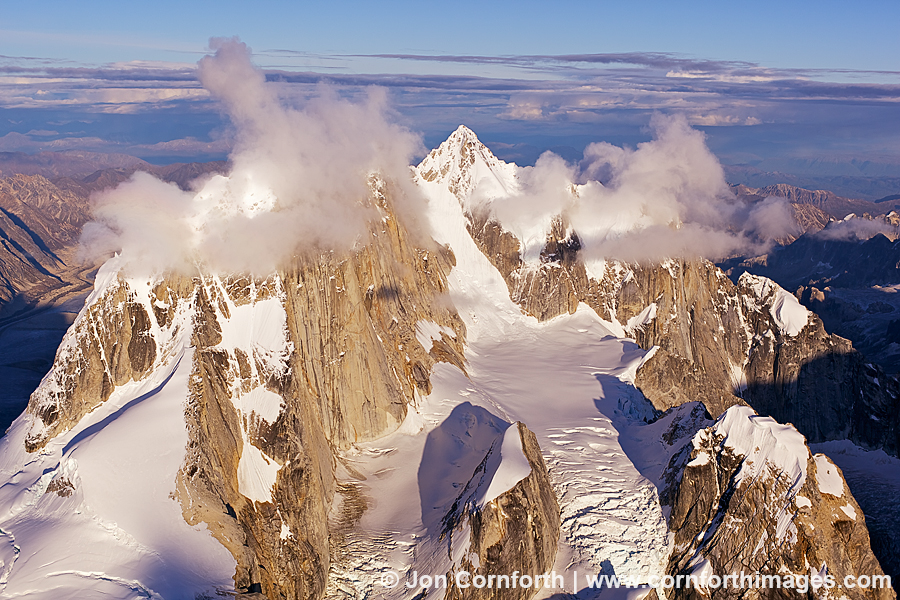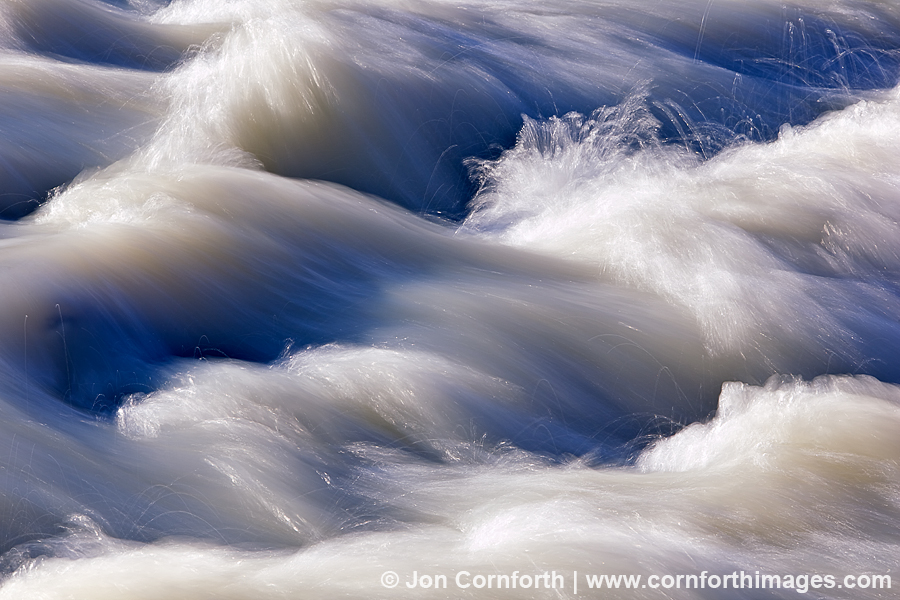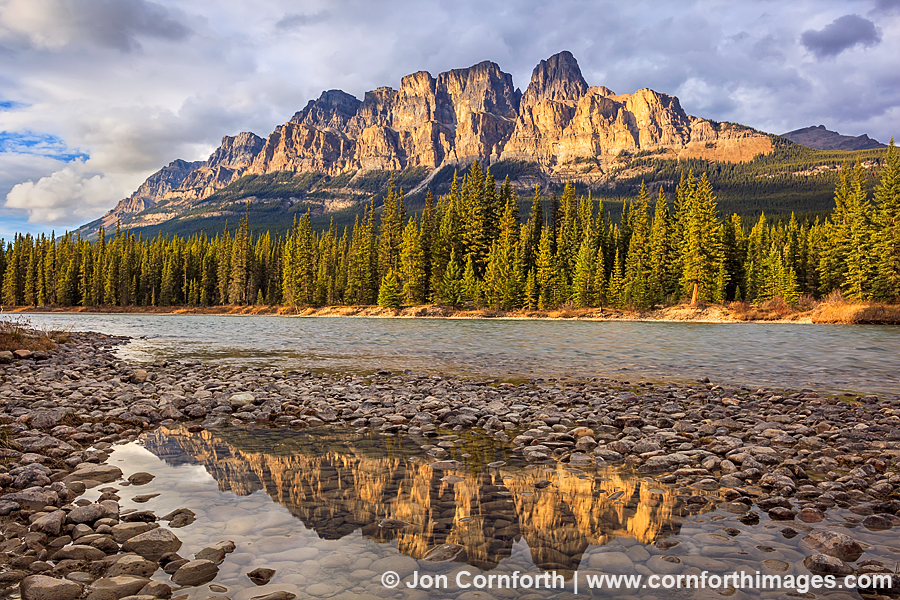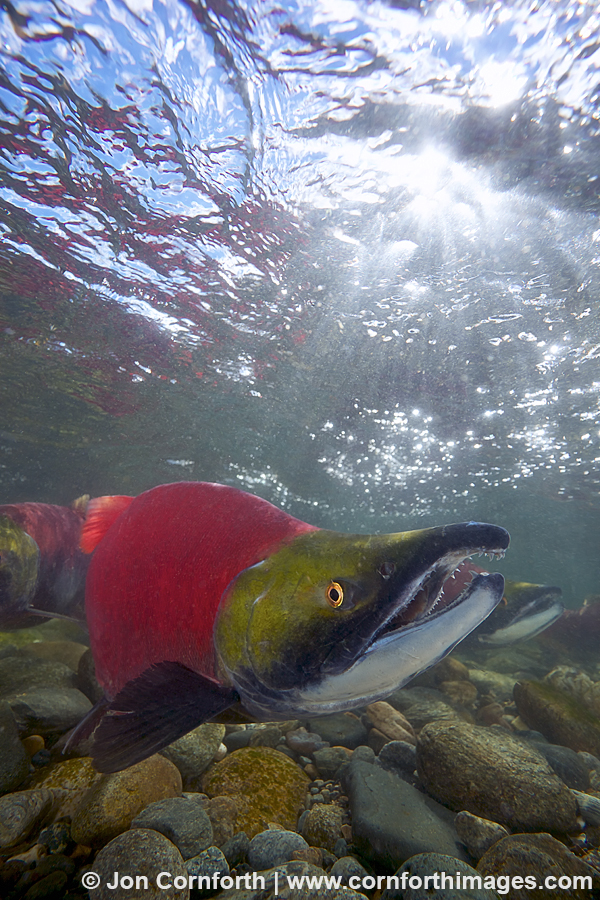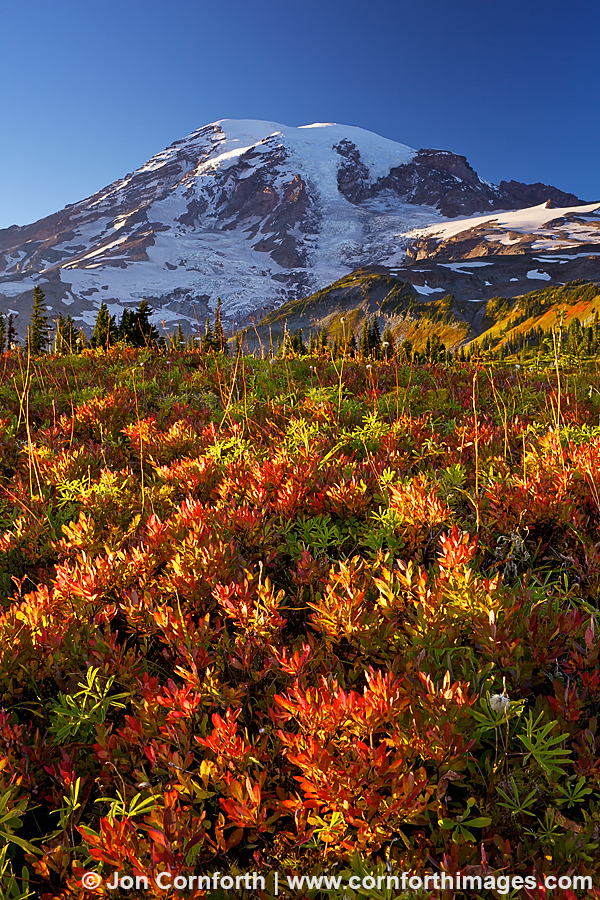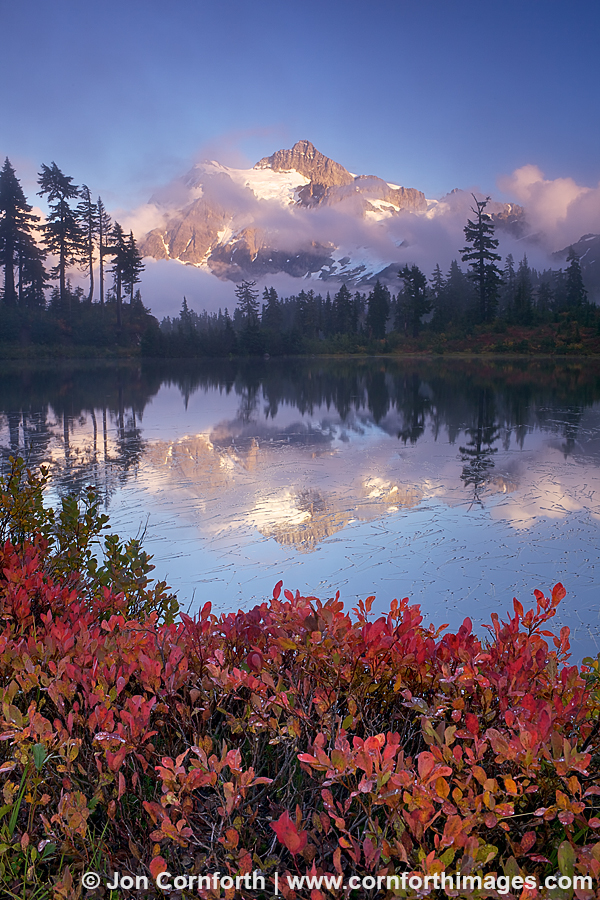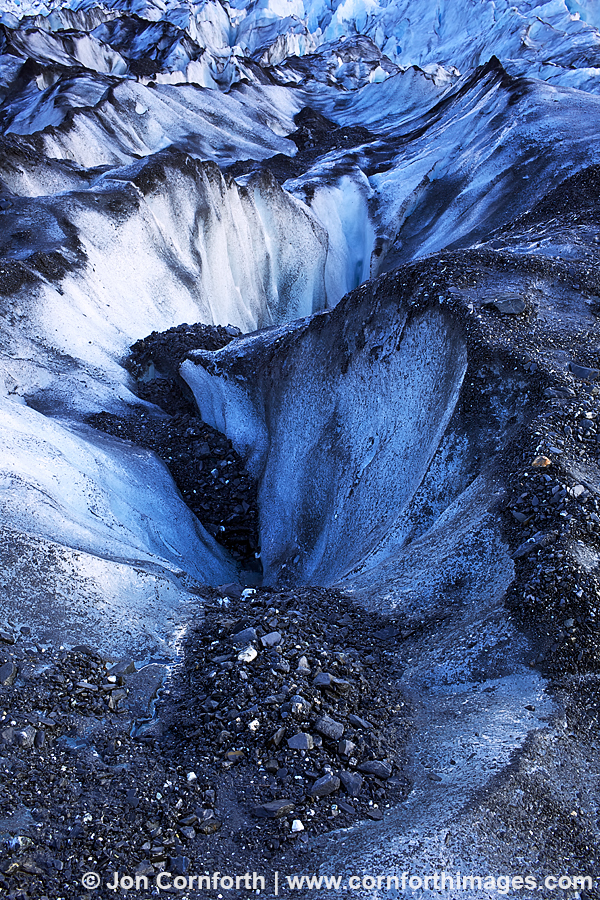I spent last Thursday and Friday photographing the sockeye salmon migration on the Adams River in central British Columbia. It was a miraculous sight to behold! Every 4 years the salmon return in huge numbers. However, they had not returned in as great a numbers as this year since 1910. The relatively short life cycle of the salmon is amazing when you consider that when they are born they swim in Shuswap Lake for a year before descending the Fraser River, migrating to the North Pacific Ocean, and finally returning to the river of their birth by swimming past orcas, fisherman, and the city of Vancouver to lay their eggs before dying. Though the young salmon never meet their parents, the accumulated biomass of their decaying parents nourishes the lake and thus the young salmon in their first year of life. The epic journey of the salmon is a story about determination and rebirth.
During my previous visit to the Adams River in 2002, I was just beginning my photography career. I had no idea what I was doing with an underwater housing. Plus, I was limited to only 36 exposures on a roll of film, which made it a real pain getting out of the water to change film. Using my Canon 5DmkII and 17-40mm f4 lens in my Ikelite 5DmkII housing with an 8″ dome port and dual DS 160 strobes, I am now able to create over 600 exposures on my 16GB Sandisk Extreme cards. My recent shoot was no longer limited by technology, but more by my patience and willingness to sit on my knees in the middle of the river while wearing my drysuit for hours at a time. I perfected my technique of shooting “blindly” by positioning myself in the river so that an eddy formed downstream of my body where the salmon could congregate and then I lowered my housing into the water to fire away at 4fps without looking through the viewfinder. Clearly, there was a lot of room for error in my positioning of my camera in this manner, because I had to delete a lot of images. I was inspired to create this image as the sun was just starting to rise over the tops of the trees in the late morning. The salmon were backlit, so I used my strobes for a bit of fill-flash. I did not have all my correct strobe arm parts with me, so I attached one strobe to my housing in the vertical position on the left side and hand-held my other strobe against my knee with my right hand. I was able to push the shutter release button with my left hand while balancing my housing against the river bottom. My strobes were set to -3 and the rest of this image was just pure luck that I guessed correctly of how to angle my camera. I do not like to do very much post-processing, but I had to digitally remove a significant amount of backscatter that was caused by my strobes illuminating the particulates in the water. My overall point in this long description is that there was a lot of technical challenges as well as blind luck required to create this beautiful image.
Update on 10/23/10-For anyone who might be concerned about my photography interfering with the salmon, I had a permit from the Department of Fisheries and Oceans (DFO) that allowed me to be in the water.
